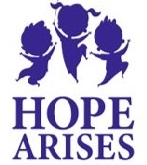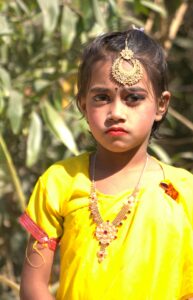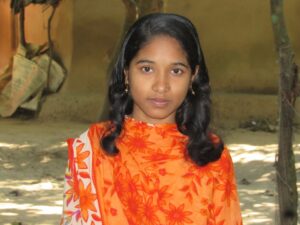Addressing Child Labor in Bangladesh
“The number of children aged 5 to 17 years in hazardous work – defined as work that is likely to harm their health, safety or morals – has risen by 6.5 million to 79 million since 2016.”
A recent UNICEF article provides insight into the prevalence and danger of child labor in the world today, more specifically in Bangladesh. Child labor practices not only poses a threat of physical and mental harm to children, but limit their education, rights, and futures. The COVID-19 pandemic and its effects have left millions of children at risk of child labor. Bangladesh must prioritize the fight against child labor so that progress made in recent years is not lost.
https://www.unicef.org/bangladesh/en/press-releases/child-labour-rises-160-million-first-increase-two-decades
A few prevalent forms of child labor in Bangladesh are the drying of fish, production of garments and textiles, and construction. There is a wide range of tasks that children may perform in a variety of industries, many of which are dangerous and harmful.
Reducing child labor and its implications is a priority of Hope Arises. We strive to provide the opportunity for children in Bangladesh to receive a high-quality education, promoting their safety and well-being. We are currently operating in three schools where students and mothers are learning skills, enabling them to provide an income in healthier and safer ways.
Hope Arises is committed to actively address these risks for our students on multiple levels. Here are a few…
1. All admitted Hope Arises students receive a full-ride scholarship, enabling attendance by children who have greatest risk for child labor
2. Meals at lunch time and personal hygiene supplies are provided to help alleviate the financial burden of our students’ families.
3. We seek to help parents understand the long-term benefits of their child’s education for access to higher paying jobs in the future while simultaneously avoiding child labor.
Hope Arises seeks advice from organizations like UNICEF and ILO on addressing the risks and finding the best practices to most effectively assist both the children and their families on this most grave social challenge.




